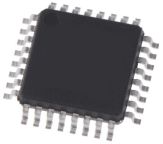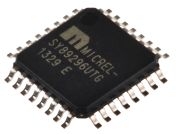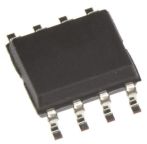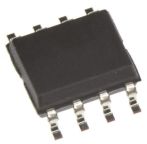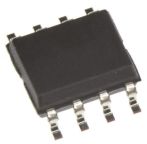Delay Lines & Timing Elements
Delay lines and timing elements are integrated circuits (ICs) designed to improve the performance of a system. Delay components create delays and adjust time within an electronic circuit. The input signal into a delay device will appear again at the output after the set time has passed. Time delay chips are useful for de-skewing and timing clock and data signals.
Types of delay and timing elements:
- Clock Conditioners
- Analogue delay lines operate on analogue signals
- Digital delay line work in number of samples
- Bi-directional delay line
Delay elements can be used in a range of applications such as:
- Communication systems
- Portable devices
- Audio systems
- Control systems
- Data Acquisition
Clock conditioners are slightly different from timing devices, as it gives the opportunity to design complete clock architecture. Precision clock conditioners create clock frequencies from a clock reference. They can be used to multiply the frequency or to clean up the signal.
What is propagation delay?
Propagation delay describes how long it takes for a signal to reach the chosen destination. It is sometimes referred to as gate delay. For circuits, this is the time from when the input becomes stable, to the time that the output becomes stable.
What is insertion loss?
Insertion loss is the loss of signal after it has passed through the delay line. This value is given in dB and is an important factor to consider when choosing a delay line or timing element.
20 Products showing for Delay Lines & Timing Elements
Related links
- Renesas Electronics Clock Conditioner, 8-Pin SOIC
- onsemi 12.2ns Delay Line, 32-Pin LQFP
- onsemi 8.8ns CML LVPECL Delay Line, 24-Pin QFN
- Microchip 14.8ns CMOS LVTTL Delay Line, 32-Pin MLF
- onsemi 8.5ns CML LVPECL Delay Line, 24-Pin QFN
- Microchip 14.8ns CMOS LVTTL Delay Line, 32-Pin TQFP
- Hand Creams & Barrier Creams
- Clock Drivers & Distribution

